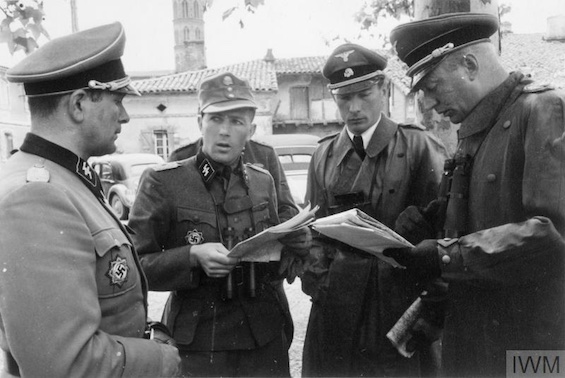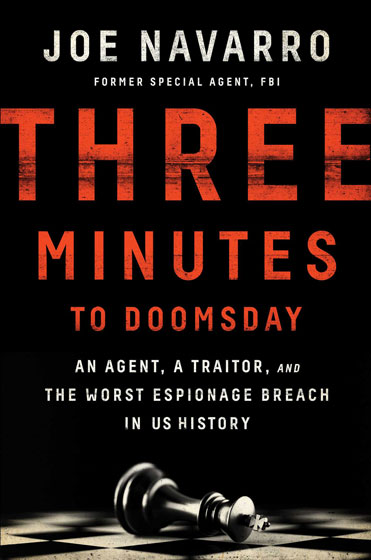
Estimated reading time: 6 minutes
Max Hastings has gained a reputation as one of Britain’s foremost military historians. Today, aged 77 as I write, he is best known as a commentator on television. But as a young man of 34 he wrote Bomber Command (1979) about the role of strategic bombing in World War II. It’s probably his most read book. He also published Das Reich (1981), which tracks the path of Germany’s 2nd SS Panzer Division northward through France to counter the Normandy Invasion. It’s an in-depth account of the atrocities of the SS on their way north—and of the work of the French Resistance, Britain’s SOE and America’s OSS to harass and slow them down. Above all, the book serves as an assessment of the French Resistance. But in naming names of perpetrators and victims alike, Hastings presents an indelible picture of World War II in all its awful intensity.
A vain attempt to avert disaster at Normandy
We now know that the Allied invasion of Normandy was both a strategic and a tactical disaster for the Third Reich.
Strategic, because despite more than a year’s advance warning, Hitler and the German high command (OKW) insisted for weeks after June 6, 1944, that the main attack would come against the Pas-de-Calais to the north. As a result, they kept their most formidable military units positioned there.
And tactical because their efforts to move reinforcements from central France into Normandy failed to arrive in time. The troops and armor they ordered northward lost precious days fighting the French Resistance and the British and American irregulars parachuted in to help them. And one of the most significant Nazi forces on the slow march north was the 2nd SS Panzer Division. This book is the story of what happened along the way.
Das Reich: The March of the 2nd SS Panzer Division Through France, June 1944 by Max Hastings (1981) 296 pages ★★★★☆

History viewed from the bottom up
Das Reich is history as seen from the ground. It’s an account of the 15,000 men of a single crack German division and of the thousands of French citizens (and a scattering of British and American special operators) who fought them. Delving into primary sources such as diaries, letters sent home, official French and German records, memoirs, face-to-face interviews, and later trial testimony, Hastings introduces us to the thoughts and feelings of individual players in the drama.
We meet Nazi officers and men, innocent civilians, and members of the French Resistance, plus the SOE and OSS operators who helped arm and train them. There are scores of characters in Hastings’s drama. In fact, the narrative can become difficult to follow at times as he traces the hour-by-hour movements of individual Nazi units and the internecine politics of the French Resistance. But in the end, he furnishes us with an indelible picture of what life was like for the people involved as the Second World War wound down toward its endgame.
How effective was the French Resistance?
Debate continues to rage today about the contribution of the French Resistance to the Allied victory on the Western Front. Many historians as well as military leaders such as Field Marshal Bernard Montgomery downplay its significance. Others, most notably General Dwight Eisenhower, have little but praise for its work to harass, divert, and weaken Nazi forces, especially in the days leading up to the Normandy Invasion. Hastings’s view falls somewhere in the middle of the two extremes. He makes clear that the Resistance succeeded in delaying the 2nd SS Panzer Division by a week or more. That alone might not have made the difference at the Normandy beachhead. But Resistance efforts elsewhere in France slowed down other Nazi reinforcements. Collectively, all these delays might well have had a large impact on the coast.
How the Allies delayed Nazi reinforcements intended for Normandy
Judging from Hastings’s account, three factors were decisive in frustrating the Nazis’s plan to reinforce the mostly third-rate units on hand in Normandy on June 6.
- First, Resistance attacks on the railroads that the Germans hoped to use to ship tanks and artillery north. One such attack was probably most significant: Resistance fighters led by an SOE officer poured abrasive material into the wheel assemblies of most of the flatbed rail cars indispensable to the Germans. They all came to a halt after a few miles. That forced the Nazis to drive tanks and half-track artillery units up the roads, where they repeatedly broke down.
- Second, attacks by the Resistance on Nazi forces enraged Hitler and the generals of the OKW. As a result, they diverted forces from the drive north to settle scores. The Das Reich Division was among the units that lost days to this strategically pointless diversion.
- Third, and possibly the most decisive, Allied bombers nearly destroyed the French rail network in the north of France in the days before and after the invasion.
Of course, you might read this detail-laden account and arrive at a different assessment. That’s my take.
About the author

Sir Max Hastings is a British journalist and military historian, He is the author of thirty books, most of them about World War II. Hastings published Das Reich in 1981, the fifth of his books to see print. He was born in London in 1945 and attended University College, Oxford, but dropped out to take up work as a journalist. His bio on his author website notes that he has written for every British national newspaper. He lives with his second wife in Berkshire. And Hastings has a surviving son and daughter by his first wife. A second son died of suicide in China in 2000. He is active politically, a supporter of the Liberal Democrats.
For related reading
I’ve also reviewed two other excellent WWII histories by Max Hastings, The Secret War: Spies, Ciphers, and Guerrillas, 1939-1945 (A revisionist history of intelligence in World War II) and Operation Chastise: The RAF’s Most Brilliant Attack of World War II (Bomber Command’s most successful attack on Nazi Germany was not on its cities).
This book is one of 10 true-life accounts of anti-Nazi resistance.
You might also enjoy:
- 10 top nonfiction books about World War II
- The 10 best novels about World War II
- 7 common misconceptions about World War II
- The 10 most consequential events of World War II
And you can always find my most popular reviews, and the most recent ones, on the Home Page.


























